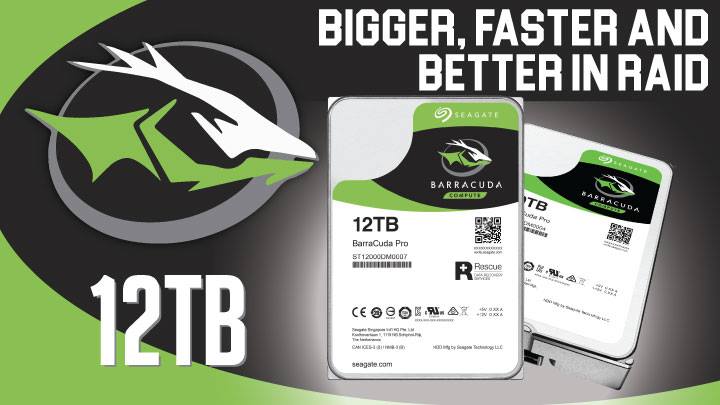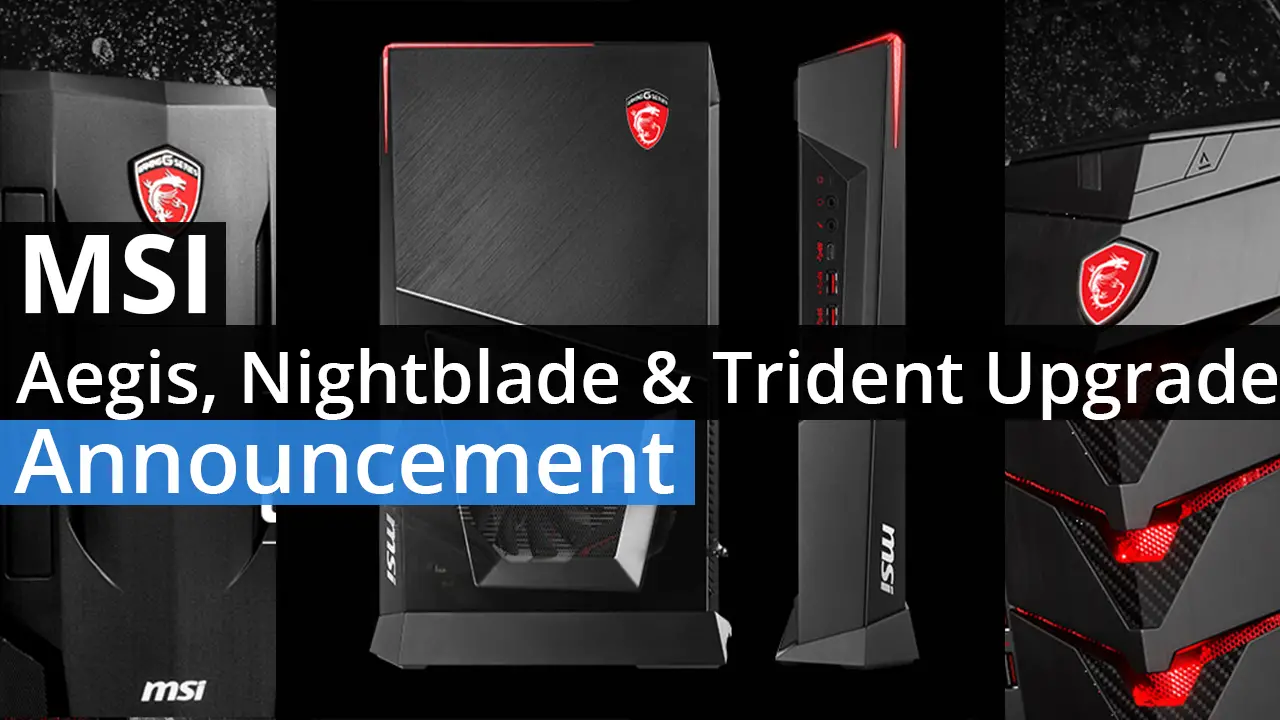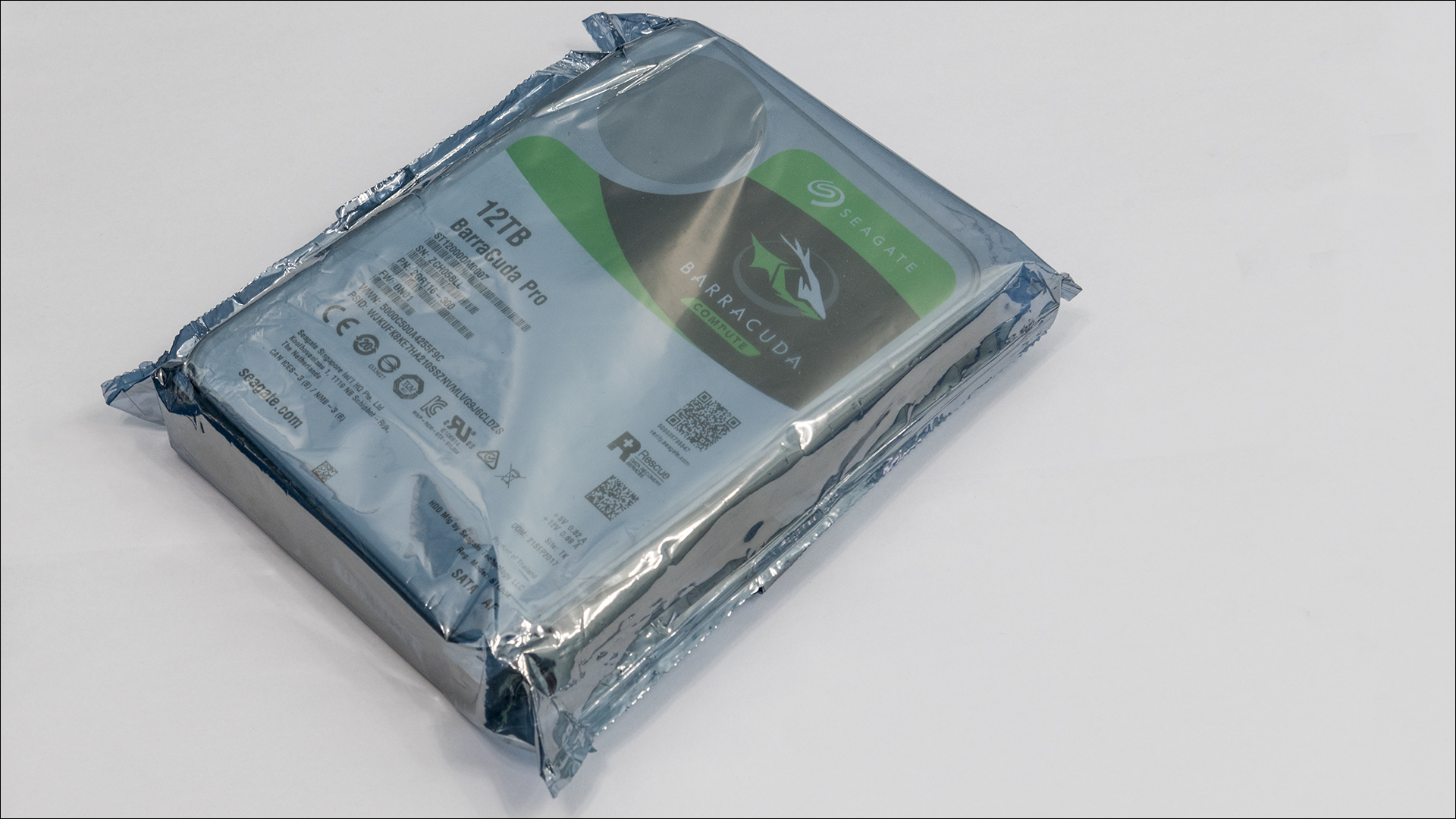
As our sample is not the retail version, we cannot comment on the shipping container that most will come with. Based on past experience however, Seagate does usual combine a slick shipping container with plenty of information that goes over a specific model. As such we doubt things have changed much.

As you can see the exterior chassis of the Seagate BarraCuda is incredibly robust. Seagate really does build their BarraCuda Pro series like they do their enterprise models. That is to say they are over-built for the home user marketplace – just the way we like it. The only down side is this does result in a rather heavy hard drive, so be prepared for the unexpected weight.
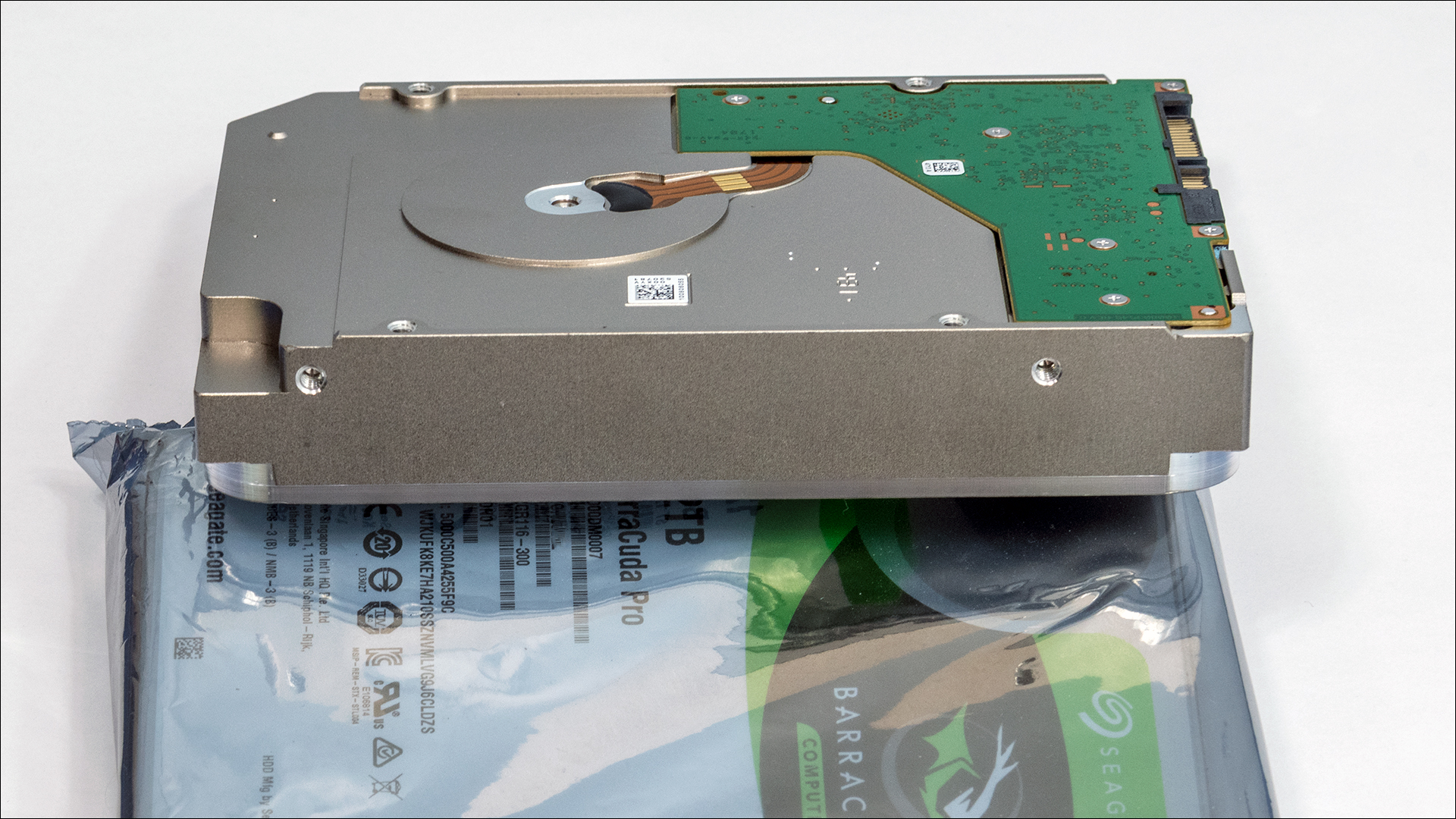
If you have not purchased a hard drive in the past couple years you may on closer inspection be surprised to find no ‘air-holes’. This is because, just as with the previous generation BarraCuda Pro, the 12TB model is a sealed unit that is filled with helium and not ‘air’. As Helium is a) expensive b) lighter than air c) needs to stay inside the drive and not out… including a way for the Helium to easily escape would be contra-indicated. Do not panic. They are supposed to be sealed… so don’t try and peel off any of the labels or foil.
The reason Helium is used is simple. It may indeed cost more to use but it is a less dense medium and as such allows Seagate the luxury of using eight platters instead of six or seven (and six really was the sane limit for consumer grade hard drives that used air as their medium). To be precise this reduced medium creates less ‘suction’ or ‘drag’ on the spinning platters and significantly reduces the chances of a platter bending down and slamming into a platter below it. Basically, as the platters spin they create eddies in the ‘air’ around, over, and under them. These higher and lower pressure zones are a bad thing as it can cause the platters to bend. With Helium the differences in pressure is not great enough to bend the platters all that much. This is why manufactures can stack them closer together and yet be assured that they will not ‘touch’ each other under normal operating conditions (which when it happens usually shatters the platters and kills the hard drive in a rather catastrophic – and memorable – manner).

Using Helium and having to be rather OCD about making sure the chassis is sealed does add to the cost, but in addition to allowing for greater capacities it also has the added benefit of increasing performance. This is because each platter requires its own pair of read/write heads (one per side) and the more r/w heads the more data can be transferred at a time. With the 12TB Seagate BarraCuda Pro this means sixteen r/w heads instead of 14 if it used even denser ‘PMR+’ based platters.
Also helping to improved overall performance is the 12TB variant of the ‘Cuda Pro uses rather dense 1.5TB platters. This is certainly lower than the ‘PMR+’ 1.75GB per platter 14TB ‘Cuda Pro model, but in return for slightly lower speeds Seagate does not need to use their cutting edge PMR+ technology (e.g. dual r/w heads, more controllers, etc). Instead old school PMR with old-school read/write heads are used on this model. This in turn makes the 12TB a rather cheaper investment than the 14TB model – and why the 12TB may indeed be in that ‘sweet spot’ of performance vs price that we all call ‘value’.
Backstopping this physical spindle and platter design is a controller and cache combination that is truly paradigm shifting. As we went over in the previous page MCT really does boost performance into the stratosphere when combined with a powerful (for a hard drive) controller. In this instance Seagate tapped Avago to once again build the controller. Avago may not be as well-known as some, but Broadcom is, and Broadcom was purchased by Avago… who also previously owned LSI’s storage division and IP before selling it to Seagate. So make no mistake this controller is based on good tech, it is just the company name and logo is ‘new’. To be more specific this controller is basically a hybrid design with one foot in the solid-state controller world and the other in classical hard drive world. As to specifics the 12TB makes use of the DS01 System On a Chip controller. The DS01 is an ARM based multi-core controller that is also used in many of Seagate’s business class drive series. By being multi-core based, this controller has the luxury of really making full use of Seagate’s MCT algorithms and plays a large role in how MCT is able to guess right so often on your future IO requests. Remember predictive math takes processors cycles and MCT algorithm predictive math takes a ton more than average. So by increasing the core count the controller is actually able to keep up with all the branch predictions, implement the internal I/O requests to its buffer and handle all the IO requests the system (and you the user) typically make… and do it all in real time.
Beyond the hardware and technology one more thing needs to be discussed before actually looking at what the Seagate BarraCuda 12TB can do. That is MTBF. Mean Time Between Failure is the old-school Scientific Wild Ass Guess (SWAG) that people and manufactures have relied upon to gauge drive reliability ever since the military requested its use way back in the dawn of computing history. Unfortunately, it is a very ‘large number’ based statistic that only works ‘well’ at the corporate level. The old rule of thumb with MTBF is take the number of drives you plan on using and divide that number into the MTBF to get a rough idea of how many are going to need to be replaced in a given time frame. It does not account for single drive usage and is basically useless for home consumers.
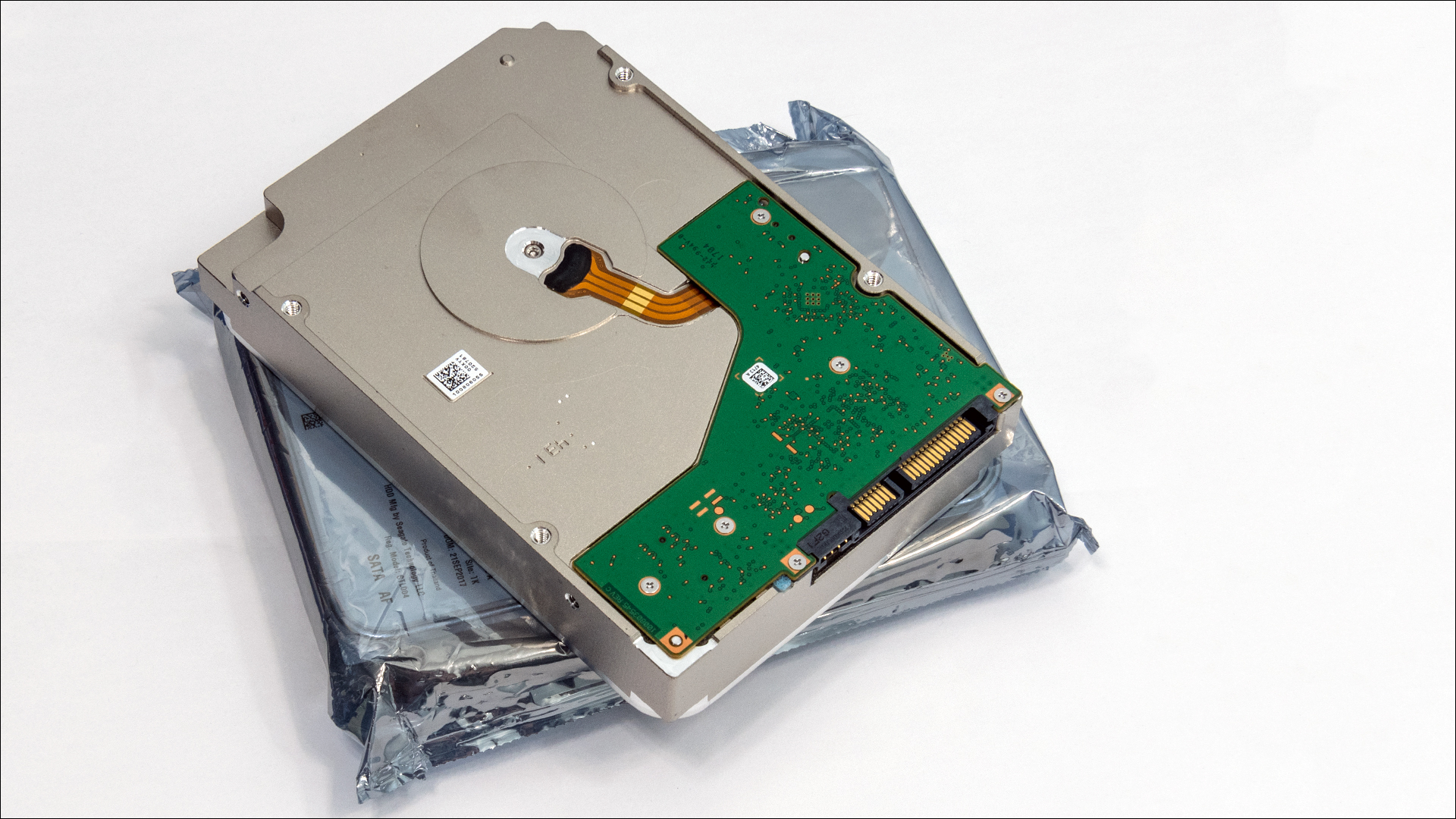
Seagate recognized these limitations of MTBF and has done something about it. Not that long ago MTBF on Seagate drives was replaced by a custom AFR – or ‘annualized failure rate’. This too is a statistical based SWAG but in Seagate’s case is based on much more refined logic. Instead of counting all RMAs and the such in this number AFR first sets about to remove the wheat from the chaff. Firstly, any drive returned but found to be working does not get added to future AFR calculations. Next, only drives used in ‘normal operating’ parameters (temperature range of 41 to 122F and typical shock / vibration levels… not being dropped by a shipping agent before the end user gets it, etc. etc.) that died are counted. Google and BackBlaze (and their laughable useless yearly ‘hard drive failure rate’ stats) may disagree but hard drives do actually need a bit of cooling… and are only good for so much abuse before they start to degrade. This is why AFR removes any drives that were abused from its calculations. MTBF does not.
The end result is a much more accurate gauge on how a model will perform when not used in the thousands, or are abused. It also allows manufactures to fix real issues without chasing down ghosts that have no real bearing on a drive’s design, and allows for actual real-world improvements in a timely manner. Equally important instead of giving a (usually) wildly inaccurate failure prediction based on service hours between failure, AFR is a more accurate prediction based on the probable percent of drive failures per year that are manufacturer caused. This way if you actually use a drive the way it was intended you can then (more) accurately judge a given model’s likelihood of an early death or not.
This however is why Seagate drives actually come with a yearly total byte’s write rating. Some do not like this change… but it does make sense. While hard drives can handle a ton of writes they are still mechanical devices that will wear out. That is why, just like with a Solid-State Drive, the higher the yearly Total Bytes written specification the more robust the model. In this instance Seagate has been able to increase the capacity by a full twenty percent (over the 10TB capacity model) and yet keep the exact same drive write rating of 300TB per year. This is right at the edge of what used to be considered ‘Enterprise grade’.
This durability in the construction and materials used inside is also why the Seagate BarraCuda Pro series come with a five year total drive write rating of 1.5 Petabytes as well as a nearly unheard of 24/7 usage rating. So, this series can be hammered well beyond what even Small Office / Home Office users will ever do and can be expected to do it for at least five years… and have well under a 1 percent failure rate. Better still is the first two years also come with free Data Recovery services baked right into their standard warranty. That too is nearly unheard of in the consumer market, and why this Pro series really does live up to its Professional moniker.
